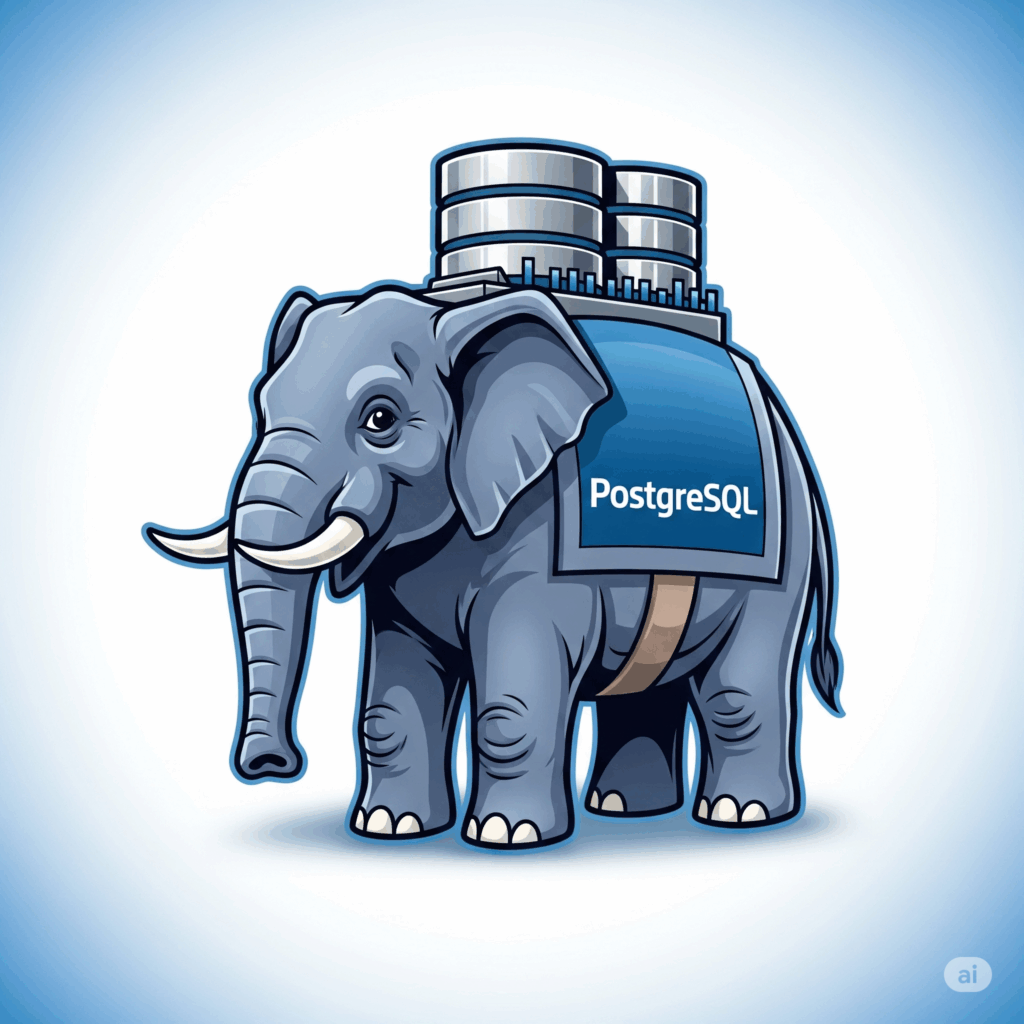PostgreSQL Performance Monitoring (Database Observability)
Comprehensive Monitoring of Long-Running Queries!
PostgreSQL stands out as one of the most powerful and flexible open-source database systems, widely adopted across industries for its scalability, reliability, and strong community support. However, maintaining peak performance and proactively identifying potential issues can be challenging without the right tools.
This is where SolarWinds Database Observability, particularly the Database Performance Analyzer (DPA), comes in. DPA delivers deep insights into PostgreSQL performance, helping database administrators quickly pinpoint issues, optimize resources, and ensure systems run efficiently and reliably.

Which SolarWinds Tool is Used to Monitor PostgreSQL?
SolarWinds Database Performance Analyzer (DPA) is used to monitor PostgreSQL. DPA analyzes database performance both historically and in real-time. With its ability to provide in-depth performance insights into your PostgreSQL environments, DPA identifies which queries are creating bottlenecks, which resources are being unnecessarily consumed, and where there are opportunities for optimization. Its precision in pinpointing the root causes of issues makes the work of database administrators easier, while significantly supporting organizations in achieving their efficiency and performance goals. In short, DPA is a powerful analysis and optimization tool that unlocks the full potential of PostgreSQL.
Key features include
- Query performance metrics
- Wait time analysis
- Resource usage trends (CPU, I/O, memory)
- Locks and blocking detection
- User session activities
What Are Long-Running Queries?
Long-running queries are SQL commands that exceed a predefined threshold on PostgreSQL (e.g., 1 second, 5 seconds, etc.). These queries take significantly longer to execute than expected. While queries that run in a few milliseconds or seconds are considered normal, queries that run for minutes or become “stuck” can create serious performance issues. Such queries are often caused by factors like:
- Missing indexes
- Poorly written JOINs
- Scans on large volumes of data
- Incorrect query plans
- Lock waits
Long-running queries are critical for database performance. They can slow down other queries and applications, directly affecting user experience. At the same time, they unnecessarily consume CPU, memory, and I/O resources, reducing overall database efficiency. Identifying which queries are causing system slowdowns is essential for detecting potential bottlenecks and optimizing performance. Therefore, monitoring long-running queries allows organizations to proactively address performance issues before they impact operations.
How to Identify Long-Running Queries with SolarWinds?
Using the Top SQL or Query Wait Time views in DPA:
1. Identify the queries with the longest execution times.
2. Analyze query plans and wait times.
3. Review resource consumption details (CPU, Disk I/O, Network).
4. Generate optimization recommendations from the Execution Plan.
Example:
DPA may reveal that the query SELECT * FROM orders has taken an average of 3.2 seconds over the last 24 hours, with 70% of the time spent in I/O Wait. This could indicate the need to create an index.
Query Wait Analysis: Analyzing Wait Types
One of the most critical factors affecting query performance in PostgreSQL is wait times. SolarWinds DPA provides detailed visibility into how much time queries spend in different categories, such as I/O Wait (disk access), Lock Wait(lock contention), and CPU Wait (processor delays). This analysis makes it possible to quickly pinpoint the root cause of performance issues and apply targeted optimizations.
SolarWinds DPA, a database observability solution, is one of the most comprehensive tools in the industry for monitoring PostgreSQL performance. It accelerates the optimization process by identifying long-running queries, wait causes, and bottlenecks. With a properly configured monitoring ecosystem, it becomes possible to proactively prevent database performance issues.
Fill the Form, We’ll Reach Out!


